冬に瀬戸内を島旅するとフェリーから、海面上に浮かぶ四角い枠をよくみかけます。旅行者によく「あれは何ですか?」と聞かれるのですが、あれは、海苔養殖の網やハマチや牡蠣の養殖いかだです。ちなみに写真の船は、香川県で海苔の収穫に使われている通称「潜り船」。網の下に潜り込んで海苔を刈り取る仕組みになっており、県外でもみられる構造なのですが、発祥は直島なのだとか。朝から香川県高松市浜ノ町の海苔漁師、地濱水産の地濱秀生さんの取材・撮影にいってきました。瀬戸内海に面している香川県は海苔の生産が盛んです。
The first seaweed of the season (hatsu-tsumi nori) is a delicacy from the moutains and sea that can only be enjoyed in winter. I was curious about them every time I viewed the sea from Takamatsu Port, saw them on the ferry and stared down at them from the observation deck of the island. What are those square things offshore? “They are rafts for aquafarming, used for farming nori.” This is what a fisherman explained while I was walking in town where the rafts could be seen on the other side of the breakwater. Nori is an essential ingredient in Japanese dishes, such as sushi and rice balls. With high nutritional value, nori is also called “vegetable of the sea” or “soy bean of the sea.” Due in part to the addition of washoku (traditional food culture of Japan) to UNESCO’s Intangible Cultural Heritage list in 2013, nori became known in other countries as healthy food.
高松港周辺、冬になると浮かぶ、海苔の養殖いかだ。
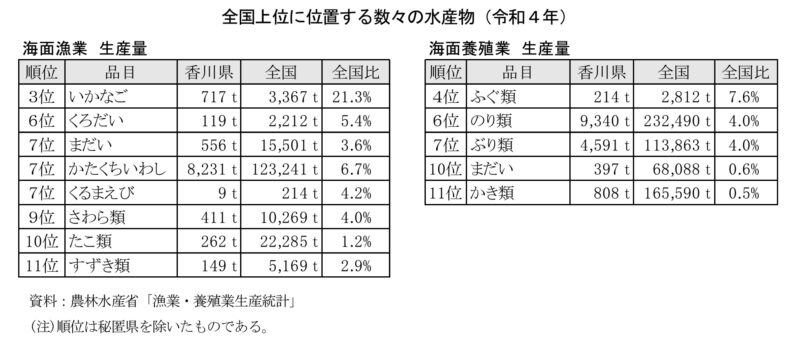
香川県の海苔(のり)養殖の生産量は、全国6位!
全国上位に位置する数々の水産物(2022年/令和4年)。海面漁業 生産量、海面養殖業 生産量。全国6位 のり類。香川9,340 t、全国232,490 t、全国比4.0%。
【出典】統計で見る香川の農業・水産業(香川県) / 農林水産省「漁業・養殖業生産統計」
2018年撮影

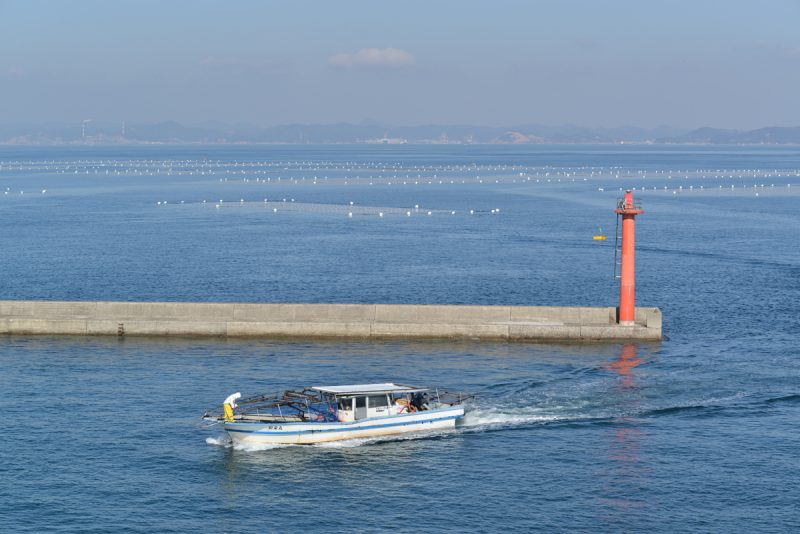

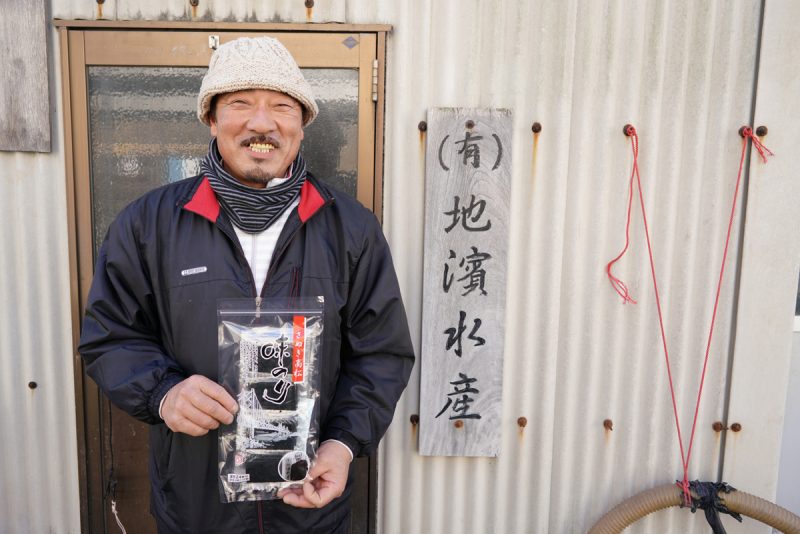
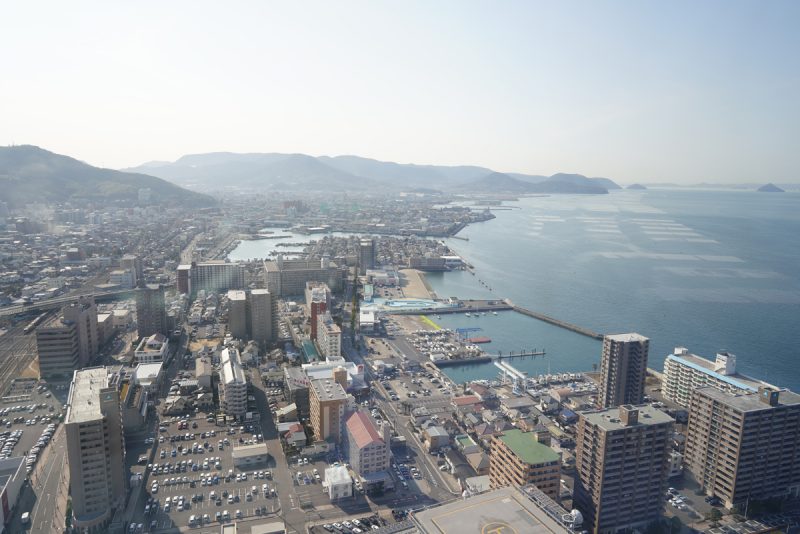
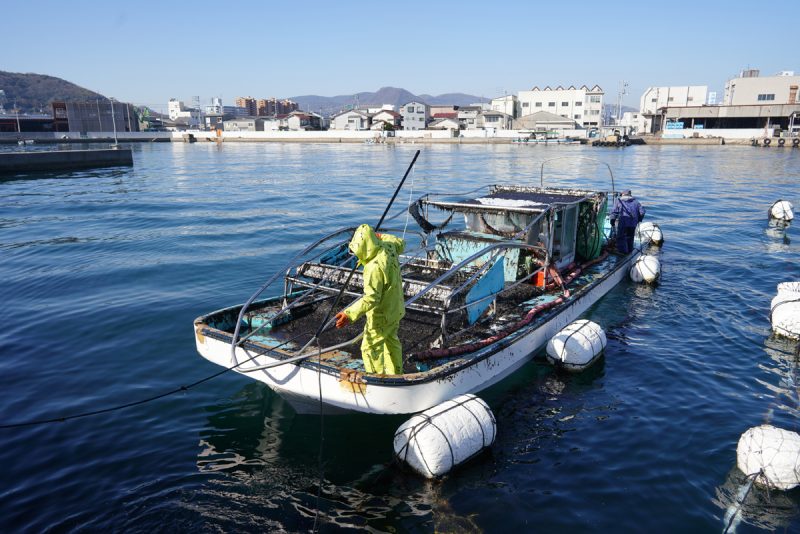
I had the impression that nori was produced in quiet areas, such as fishing villages, or on islands richly endowed with nature. I was surprised to learn that it is produced in the sea off the coast of Takamatsu! I did research and found that Kagawa is ranked 5th in Japan based on volume of aquaculture-produced nori (in 2015)! Among cities and towns in Kagawa, Takamatsu City is ranked first in production volume (in 2014). Nori is undeniably a local specialty of Takamatsu, isn’t it? I want to try it!
Above all, hatsu-tsumi nori, or the first nori of the harvest season, which is winter, is a rare product—less than 10%. They say that the taste of hatsu-tsumi nori is much better than nori picked later in the season. I am desperate to try it! In the meantime, a boat loaded with black nori returned to the port.
Let me explain how nori is picked. The raft is raised from the sea and the entire boat goes under it to pick nori. A boat featuring a robust structure, nicknamed moguri-bune (crawling boat), is very effective.
Both the boat and fishermen that have returned from the early morning work look as though they had broken through the front line. Around the port are eight houses of fishermen who are engaged in nori farming. One allowed me to observe the production process.
I interviewed Mr. Hideo Chihama from Chihama Suisan. He is a fisherman from a family that has been farming nori in Takamatsu since his uncle’s and father’s generation.
Nori is harvested during the three months of winter. After seeding in the autumn, the nori harvest begins in December. When the buds grow after the first picking, it is time for the second picking. When they grow again, the third picking begins. The later nori is picked, the harder it is. The highest-grade nori appears glossy and greenish black when it is finished as a full-size sheet. The growth of nori is influenced by the conditions of the sea. They say to stop harvesting it in one month in a season when its color does not become proper.
Now, nori sucked up from the boat is brought to the processing factory through a large pipe. To become a product with proper flavoring, the harvested nori needs to be processed while it is fresh. First, they spend one day carefully washing the seaweed to remove dirt. On the day after landing, tiny foreign particles are removed. Soon it will be finished.Experience Takamatsu

Cakes and Food Made of Seaweed by Kubo Shunman, 19th century
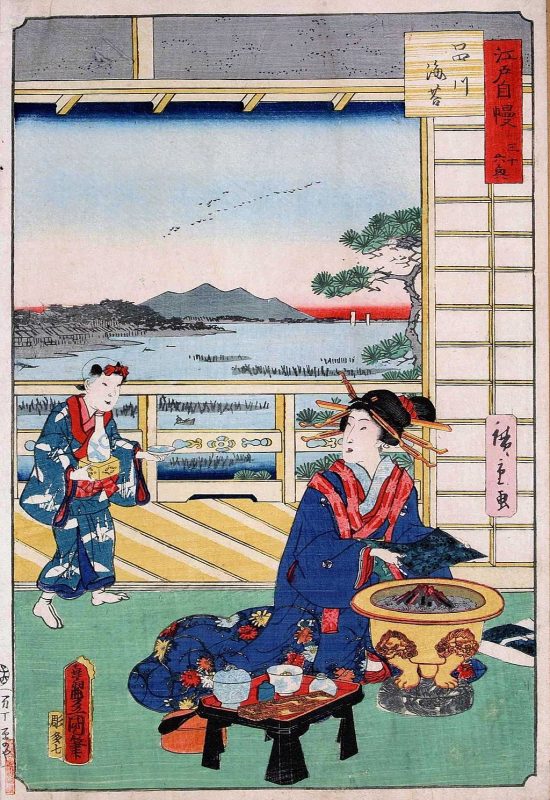
Toasting a sheet of nori. 1864
Nori is the Japanese name for edible seaweed species and it’s a specialty of Kagawa pref., Japan. It is used chiefly as an ingredient (wrap) of sushi. Finished products are made by a shredding and rack-drying process that resembles papermaking. Production and processing of nori is an advanced form of agriculture. Farming takes place in the sea where the Pyropia plants grow attached to nets suspended at the sea surface and where the farmers operate from boats. The plants grow rapidly, requiring about 45 days from “seeding” until the first harvest. In Japan, over 600 square km of coastal waters are given to producing 350,000 tonnes (340,000 long tons).(Wikipedia)

![【高知】魚を守る道、アイスハーバー型らせん魚道 – [Kochi] Ice Harbor type spiral fishway](https://yousakana.jp/wp-content/uploads/wordpress-popular-posts/50244-featured-120x120.jpeg)
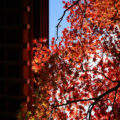

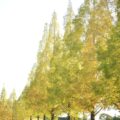
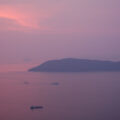

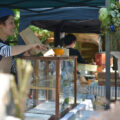
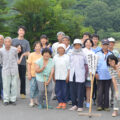
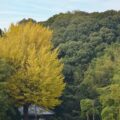



![【香川】高松の素敵な本屋まとめ - [Kagawa] Wonderful book shops at Takamatsu city](https://yousakana.jp/wp-content/uploads/wordpress-popular-posts/43920-featured-120x120.jpg)
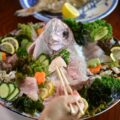





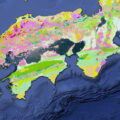
![【香川】春日川の川市 – [Kagawa] River market of Kasuga river](https://yousakana.jp/wp-content/uploads/wordpress-popular-posts/49605-featured-120x120.jpeg)
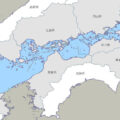
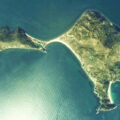
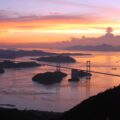


![【香川】青峰山 千手院「根香寺(ねごろじ)」の紅葉 – [Kagawa] Autumn leaves of Negoroji temple](https://yousakana.jp/wp-content/uploads/2020/11/Autumn-leaves-of-Negoroji-temple-150x150.jpg)
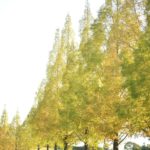
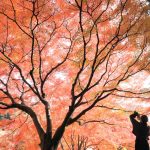
![【香川 11/21-30】大名庭園 栗林公園の紅葉 – [Kagawa 21-30 Nov.] Daimyo Garden Ritsurin Garden with autumn leaves](https://yousakana.jp/wp-content/uploads/2020/11/ritsurin-garden_lightup-150x150.jpg)

![【香川】仏生山 来迎院 法然寺(ほうねんじ) – [Kagawa] Houenji Temple, Raigoin, Busshozan](https://yousakana.jp/wp-content/uploads/2024/06/panorama_honenji-temple_busshozan-03-150x150.jpg)
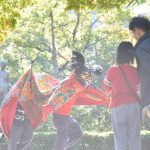
![【香川】秋の七草、ハギの花が見頃。萩寺、最明寺 – [Kagawa] Beautiful Japanese clovers “Saimyoji Temple”](https://yousakana.jp/wp-content/uploads/2023/09/saimyoji-temple_hagi-150x150.jpeg)

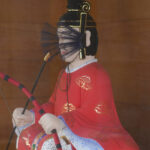

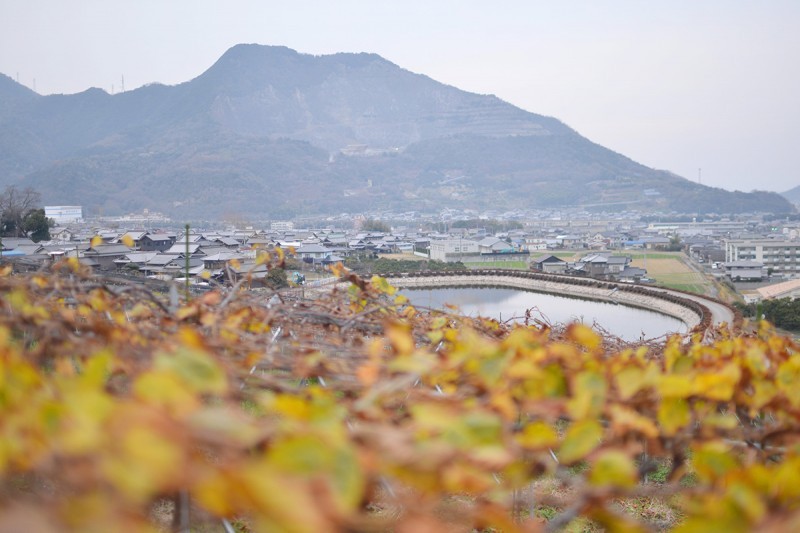
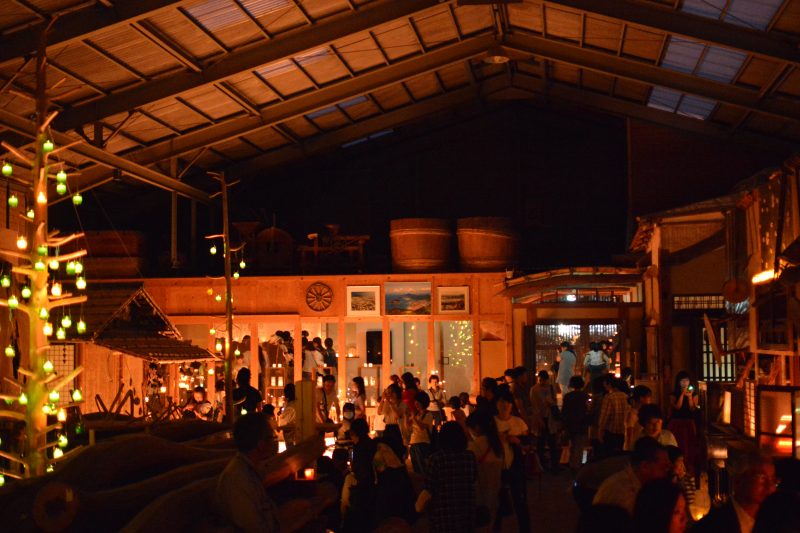
![【香川】あじさい神社に映える3000株の紫陽花。観音寺・粟井(あわい)神社 – [Kagawa] The Hydrangeas shrine](https://yousakana.jp/wp-content/uploads/2017/06/awai-shrine-800x536.jpg)
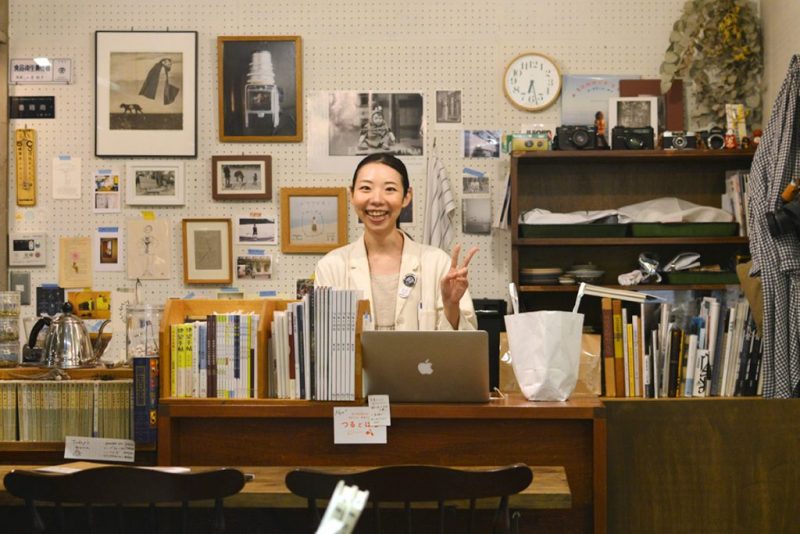
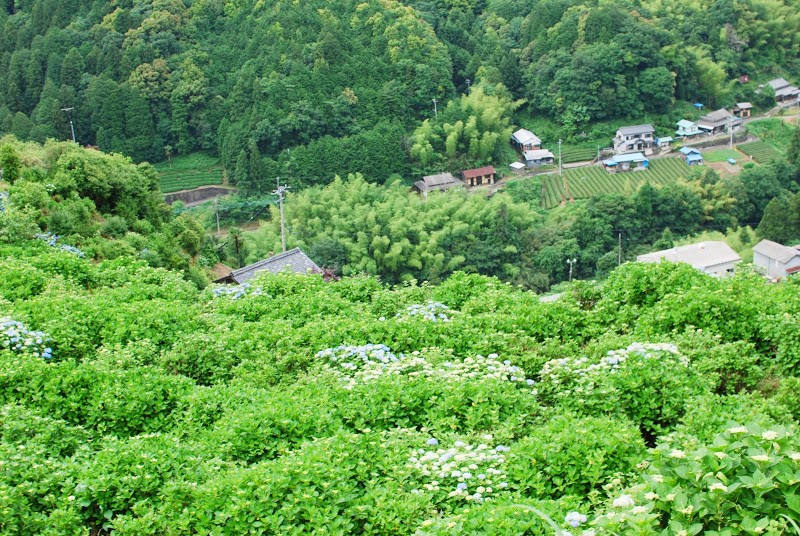



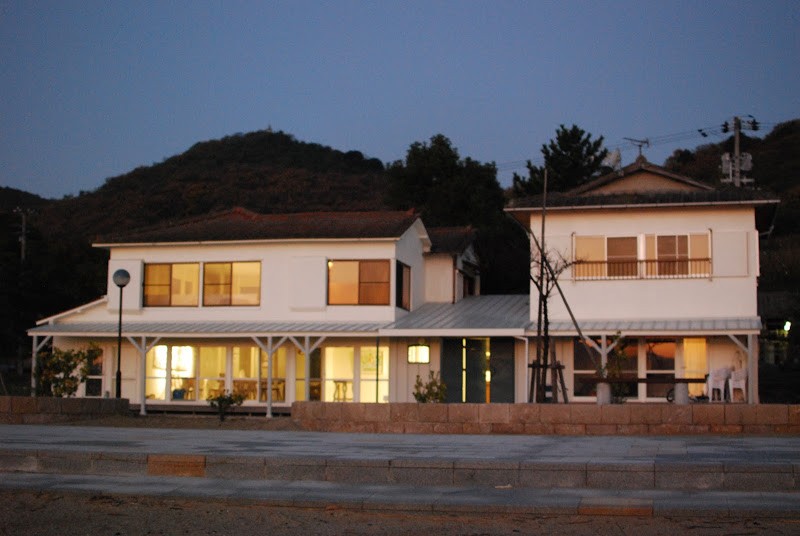


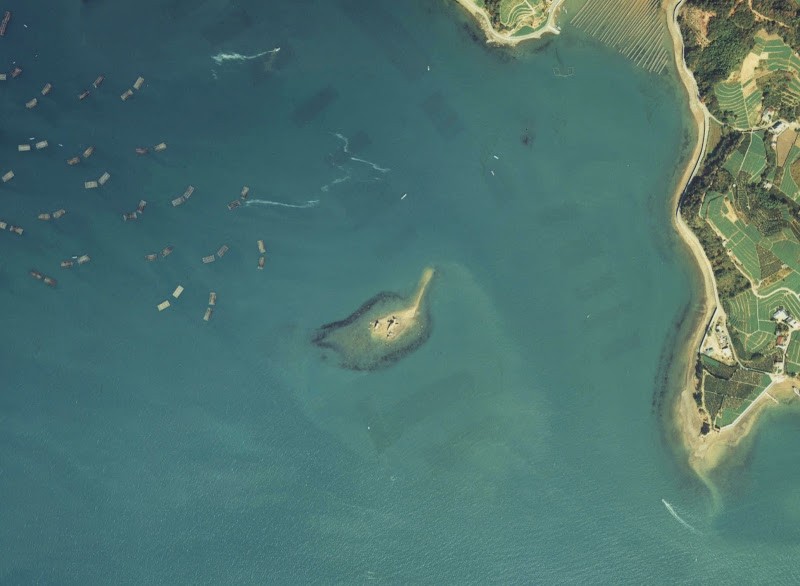
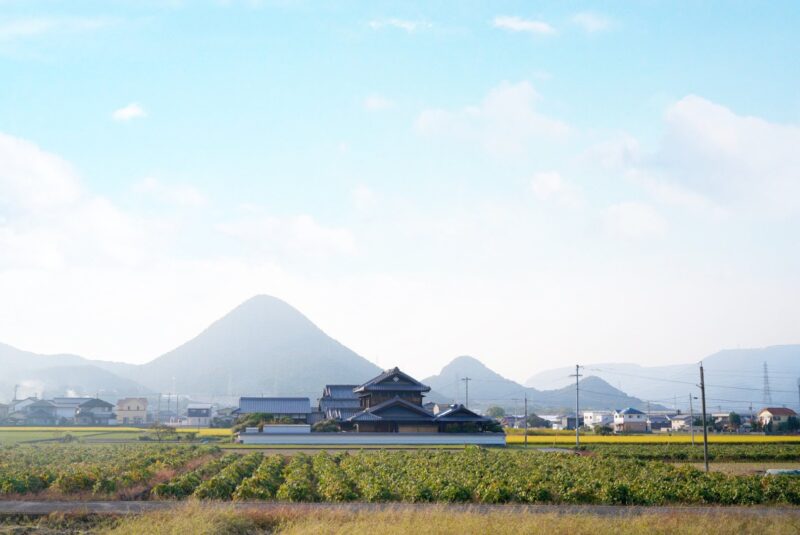
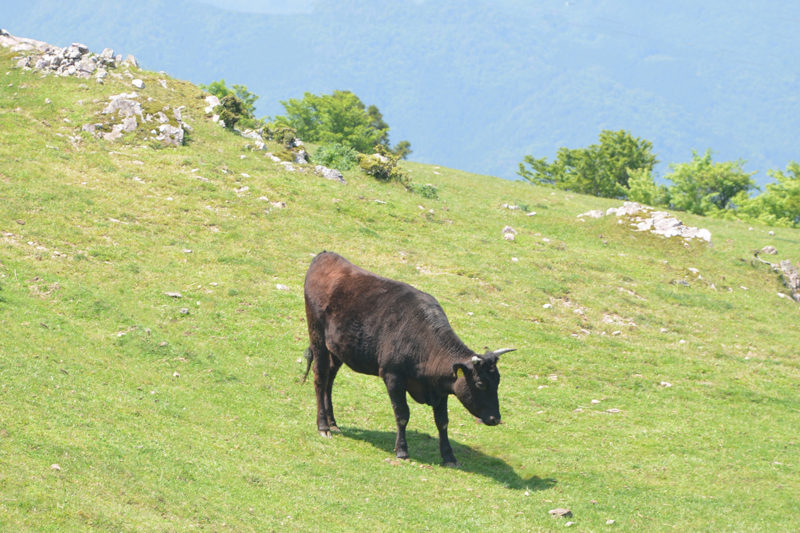
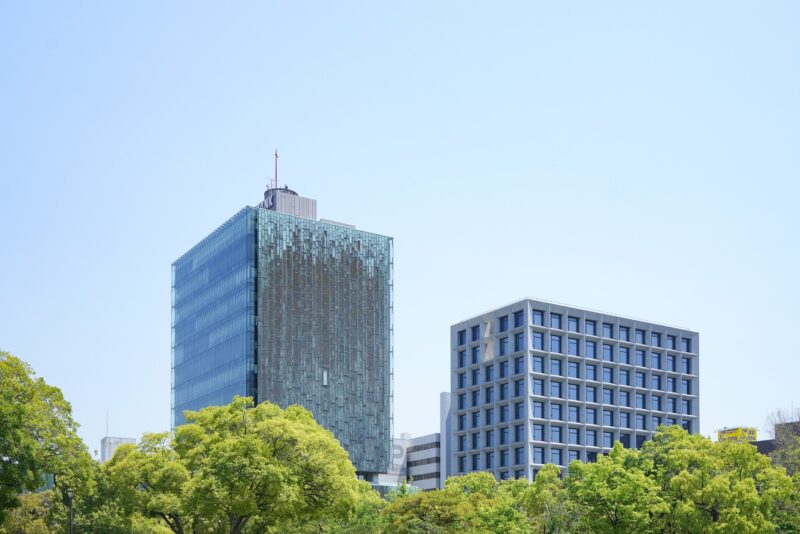
![【香川 秋冬限定】オリーブハマチ丼 – [Kagawa Olive Hamachi season] Rice bowl topped with Olive Hamachi (yellow-tail)](https://yousakana.jp/wp-content/uploads/2020/09/Olive-Hamachi-800x534.jpg)

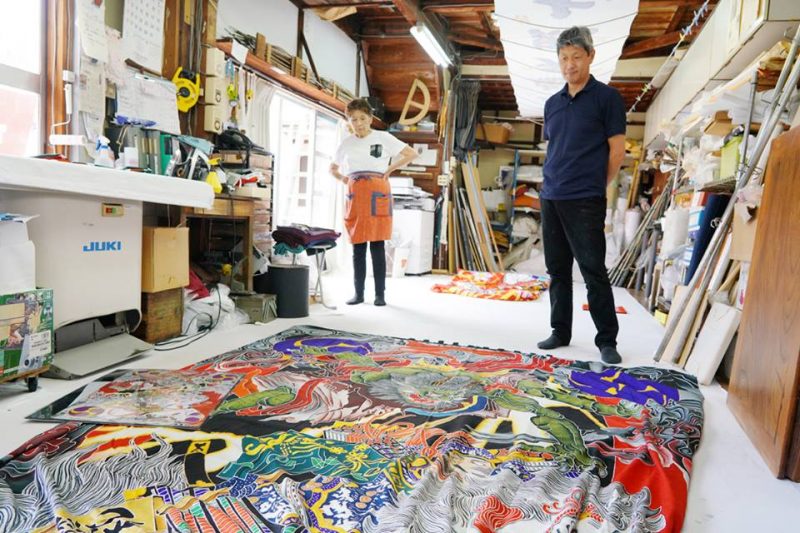
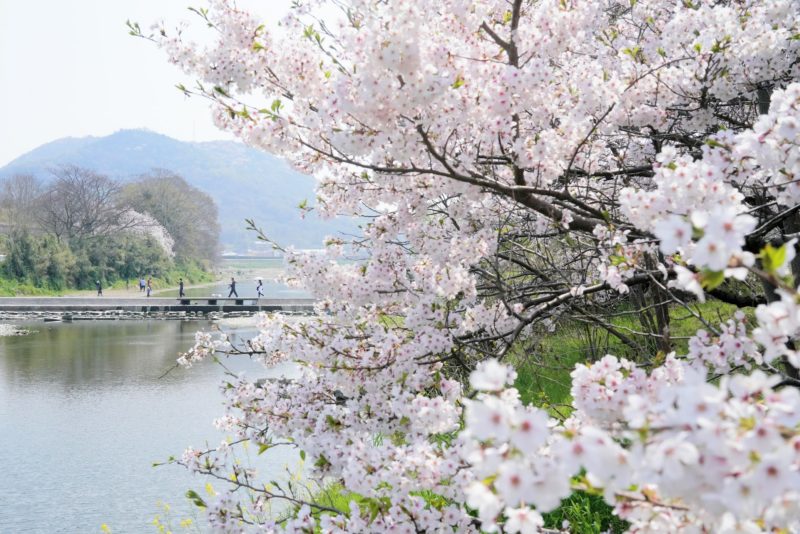
![【香川】酵母と食べ事『ジャンキーノンキー』 – [Kagawa] breads and meals yeast based on wheat flour “Junky Nonky”](https://yousakana.jp/wp-content/uploads/2023/07/junky-nonky-01-800x533.jpeg)

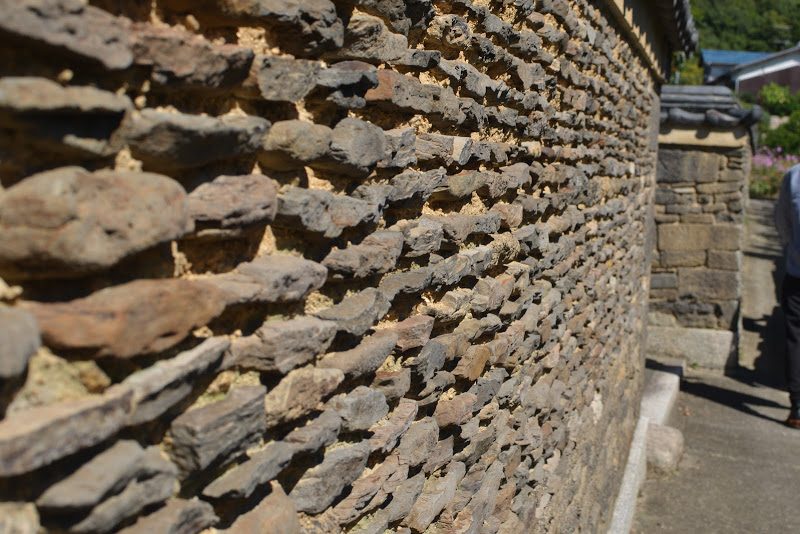

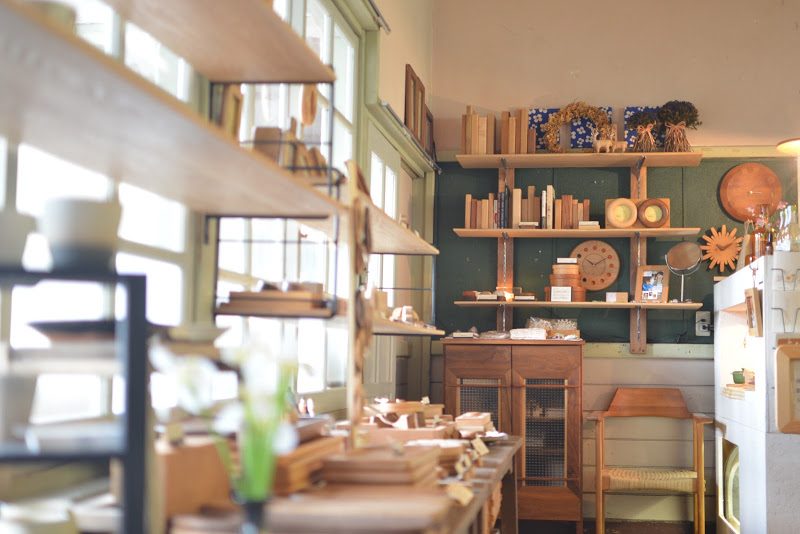

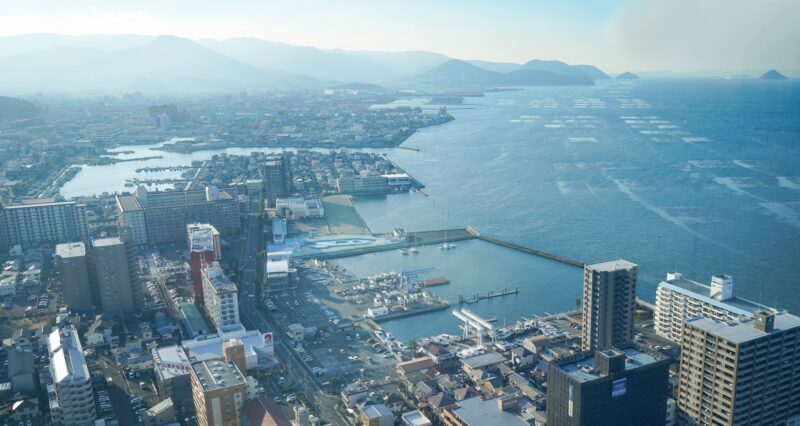
![【徳島】ごみゼロを目指す上勝の北極星『カフェ・ポールスター』 – [Tokushima] Cafe polestar with zero-waste statement of Kamikatsu](https://yousakana.jp/wp-content/uploads/2013/12/polestar-kamikatsu-800x536.jpg)

![【香川 5/3】歌舞伎の島、小豆島に江戸時代から続く農村歌舞伎 – [Kagawa 3 May.] The village kabuki performance in Shodoshima.](https://yousakana.jp/wp-content/uploads/2013/04/kabuki-shodoshima-800x536.jpg)
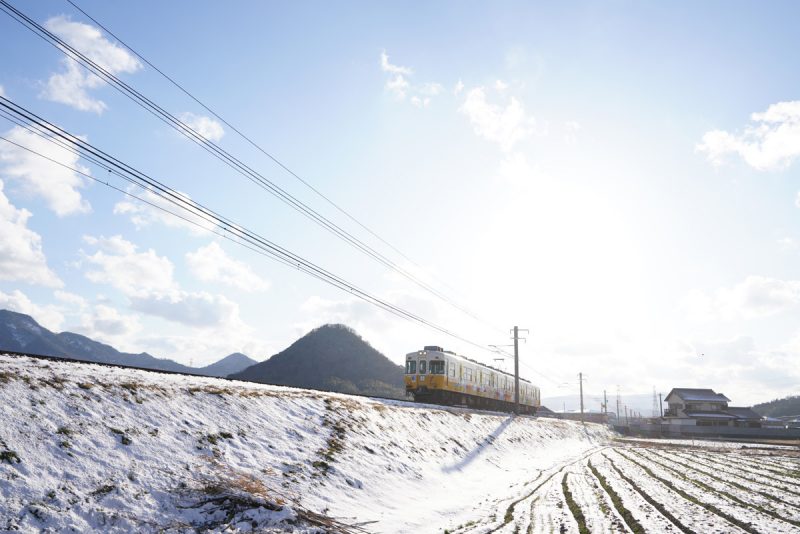
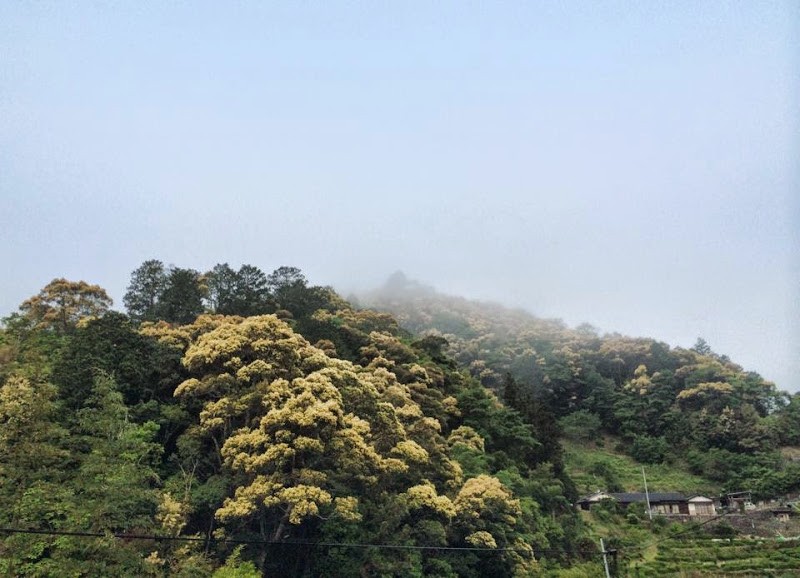
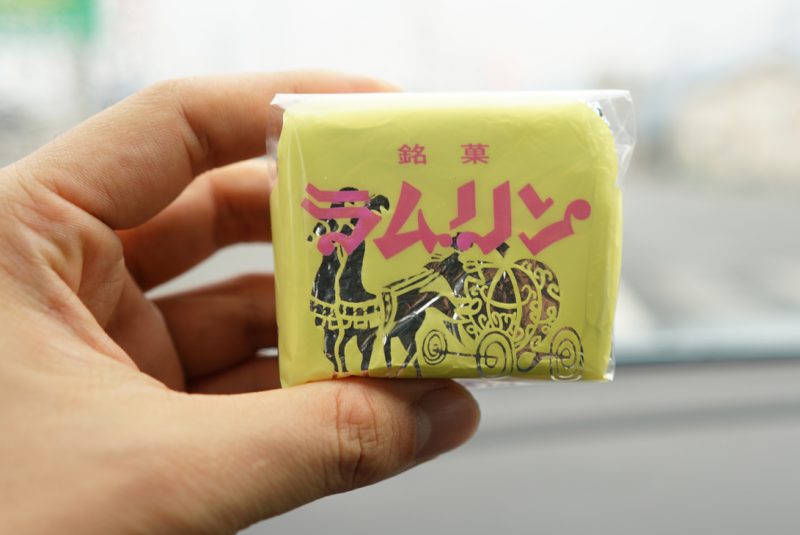
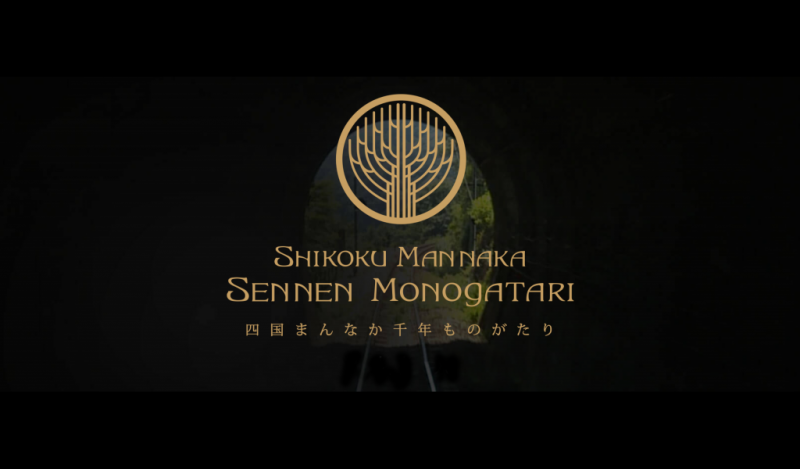
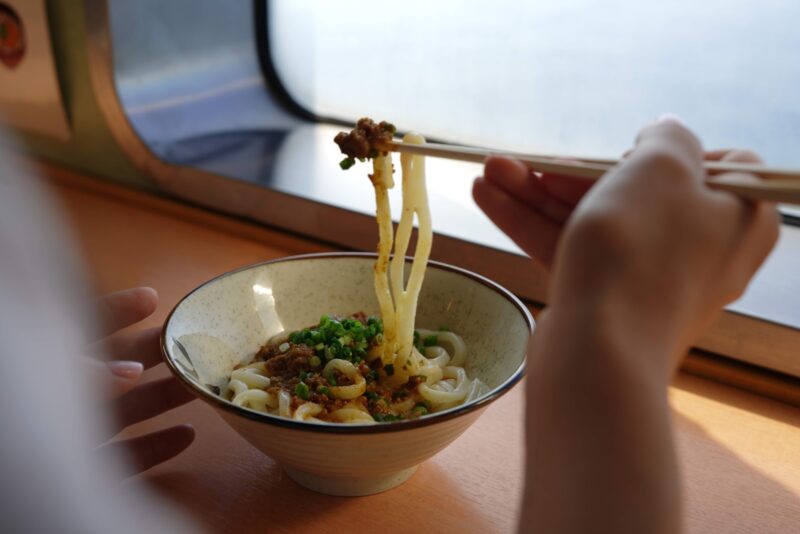

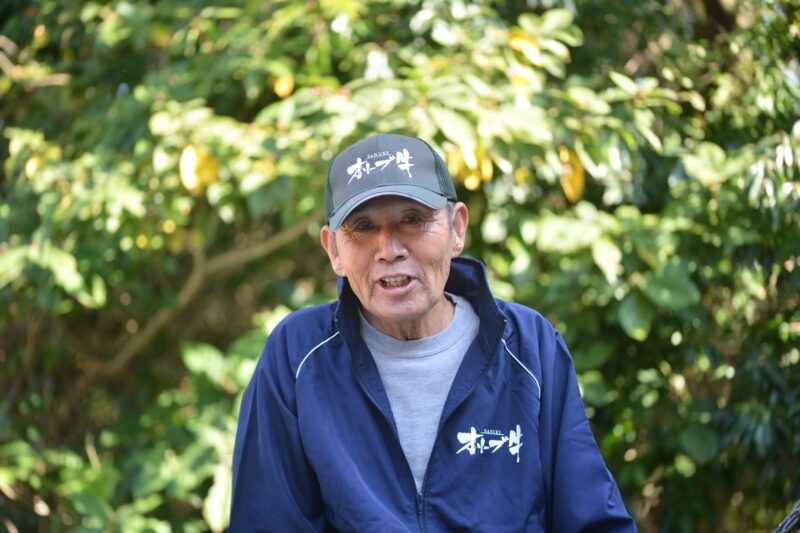
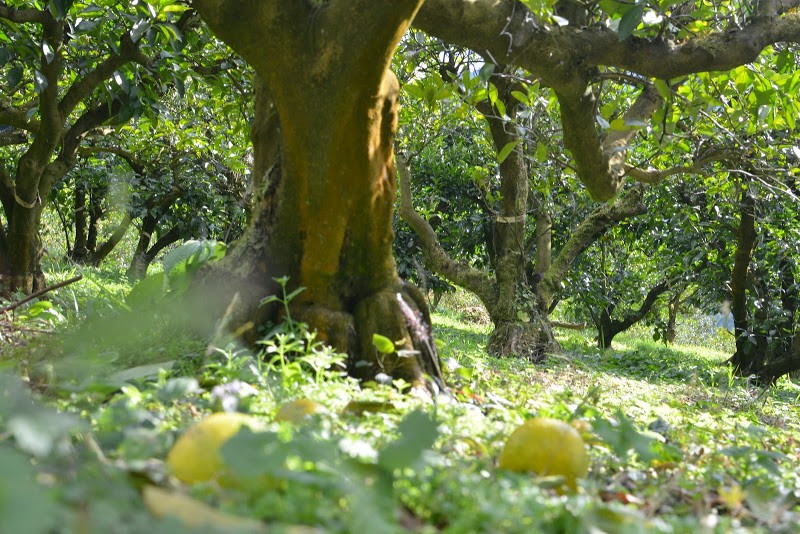
![【香川】毎朝焼き立て!高松のスコーン専門店『grain. (グレイン)』 – [Kagawa] Freshly baked scone “grain.”](https://yousakana.jp/wp-content/uploads/2017/01/DSC_8980-1024x683-1-800x534.jpg)
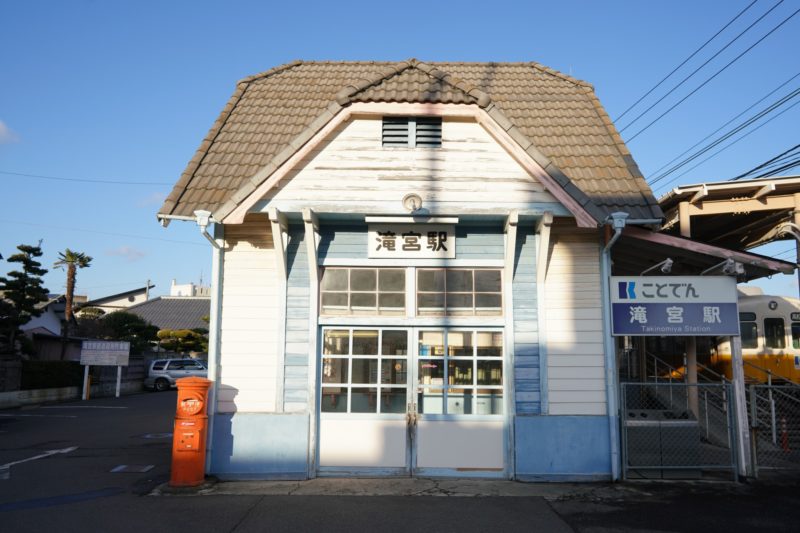
![【国史跡】徳島最大の前方後円墳『渋野丸山古墳』 – [National Historic Site] Shibuno Maruyama Tumulus](https://yousakana.jp/wp-content/uploads/2022/02/National-Historic-Site_Shibuno-Maruyama-Tumulus_index-800x533.jpg)
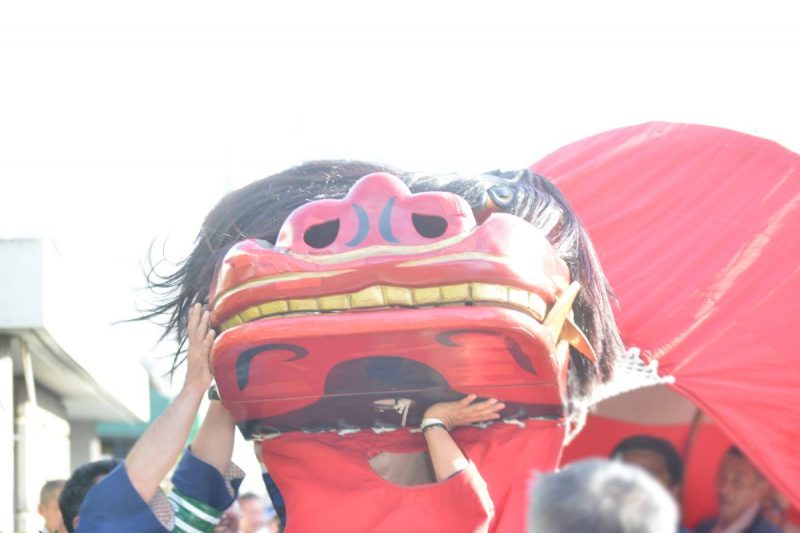
![【広島】嚴島神社 – [Hiroshima] Itsukushima shrine](https://yousakana.jp/wp-content/uploads/2024/10/itsukushima-shrine-800x533.jpg)


![【閉店】灯りと雑貨のお店 touca – [Closed] The shop of lights and sundry goods](https://yousakana.jp/wp-content/uploads/2013/12/touca-800x536.jpg)
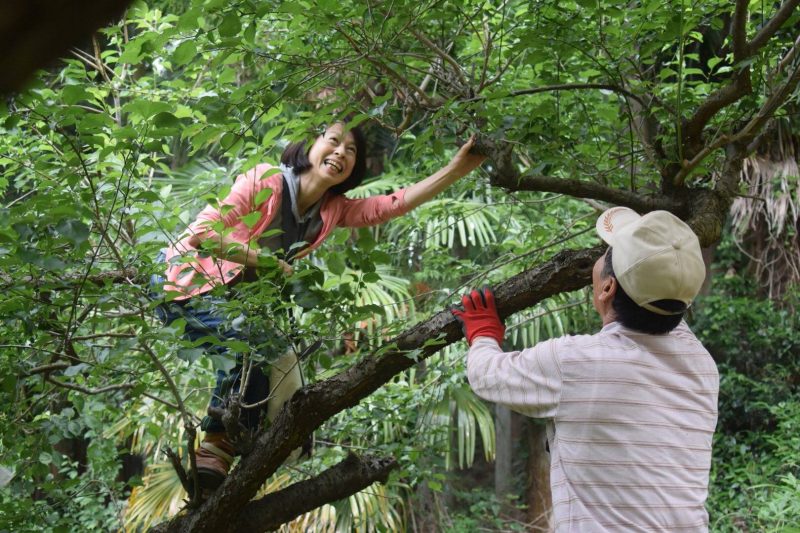
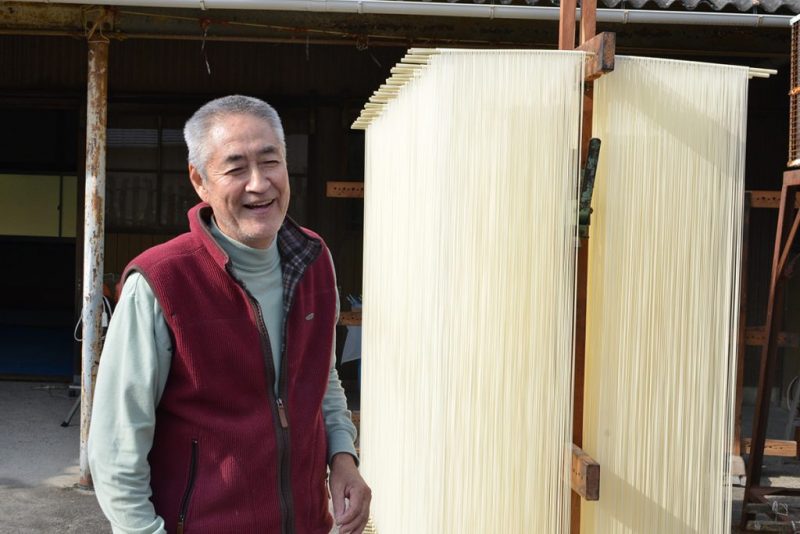
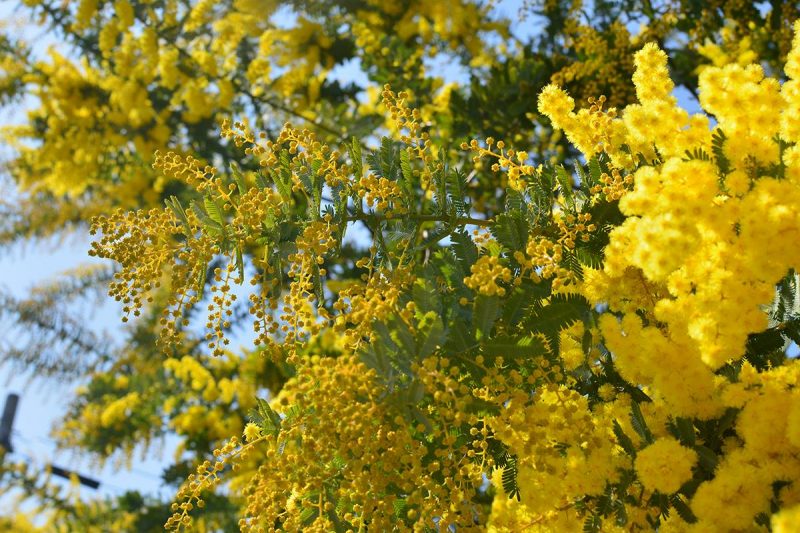
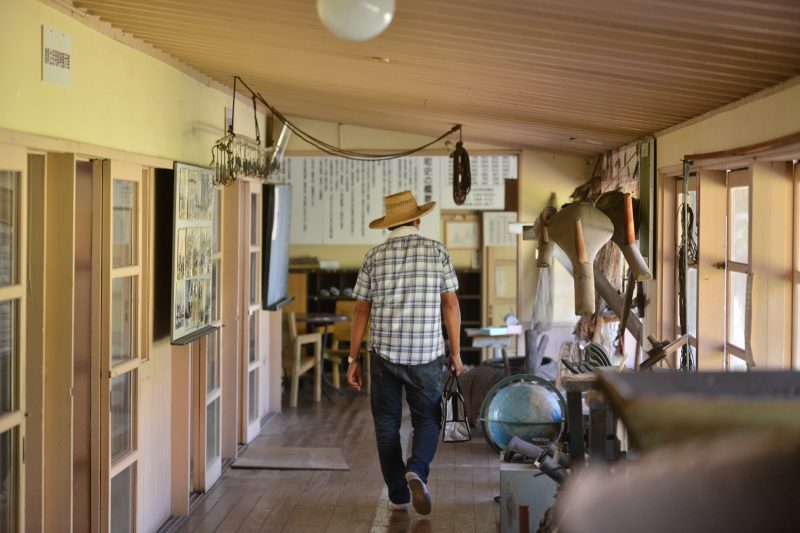

![【香川 11/15-24】雨月物語 白峰寺 – [Kagawa 15-24 Nov.] Shiromineji temple](https://yousakana.jp/wp-content/uploads/2021/11/shiromineji-temple_kagawa_sakaide-800x534.jpeg)
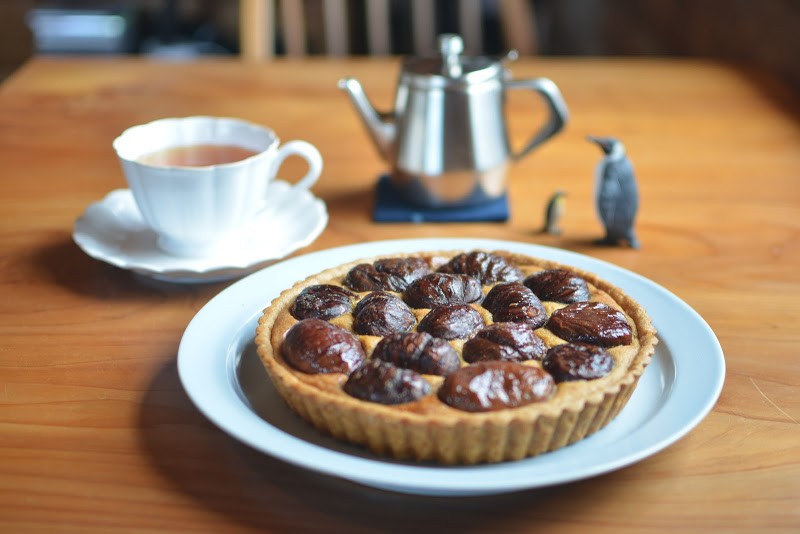
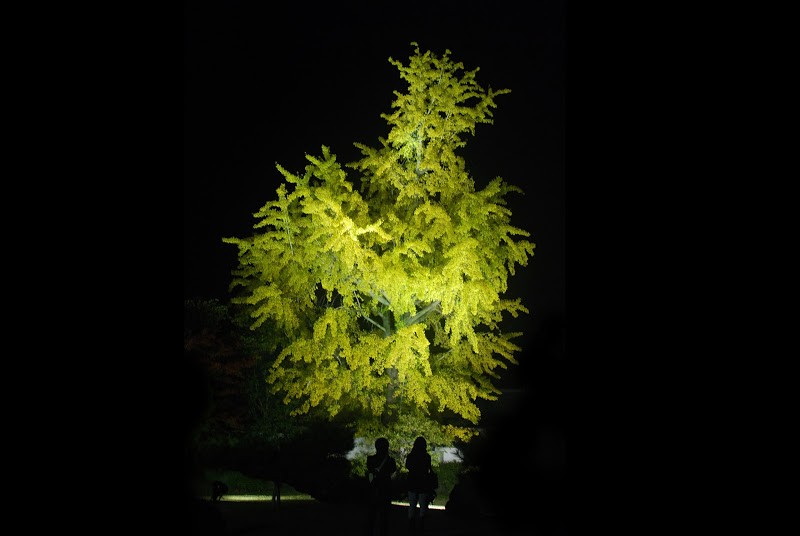
![【香川 3月中旬】堀池のしだれ桜 – [Kagawa Mid-March.] Weeping cherry of Horike](https://yousakana.jp/wp-content/uploads/2021/03/Panorama_sakura_horike-800x533.jpg)

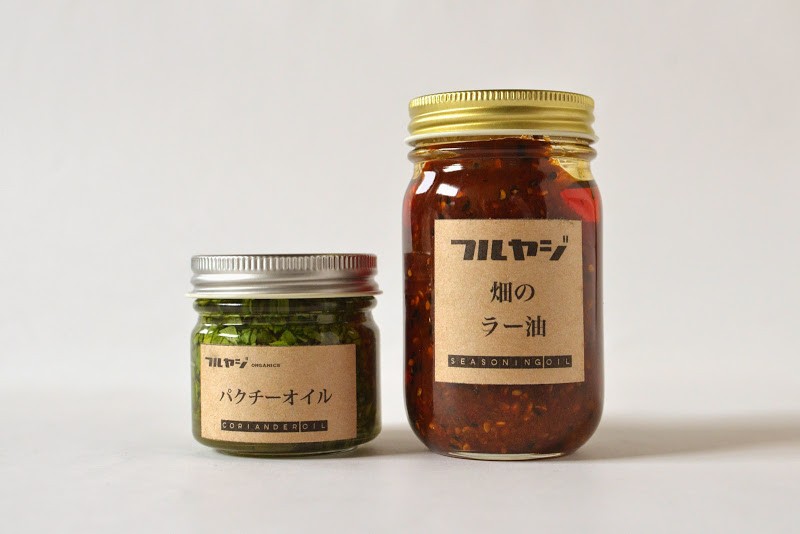

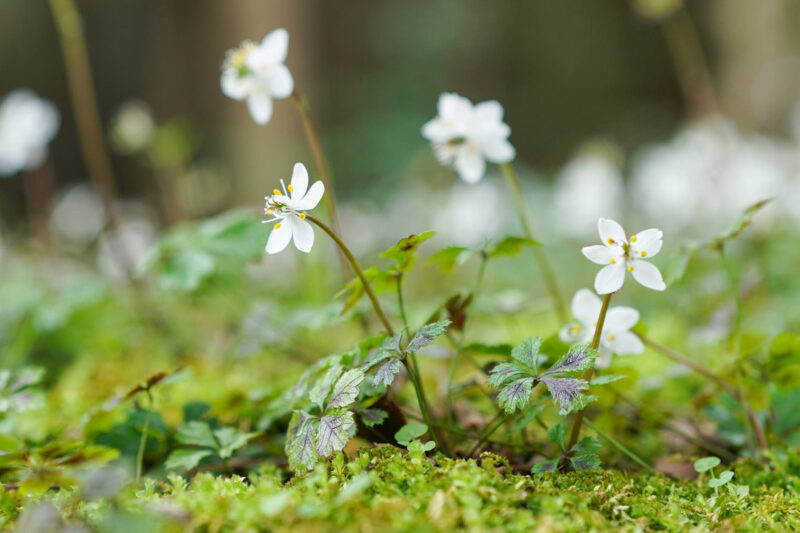
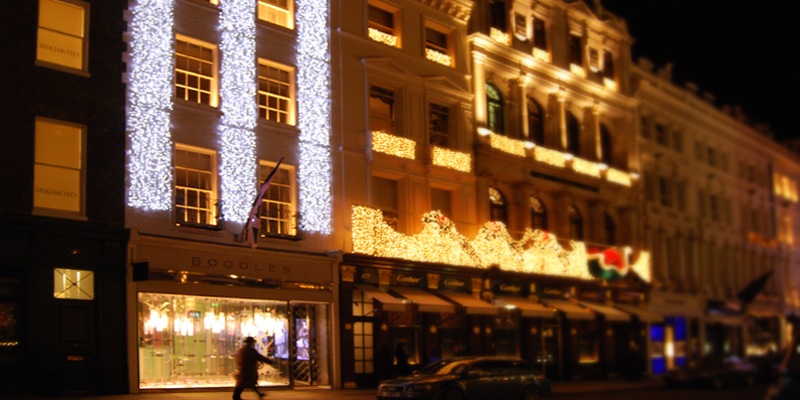
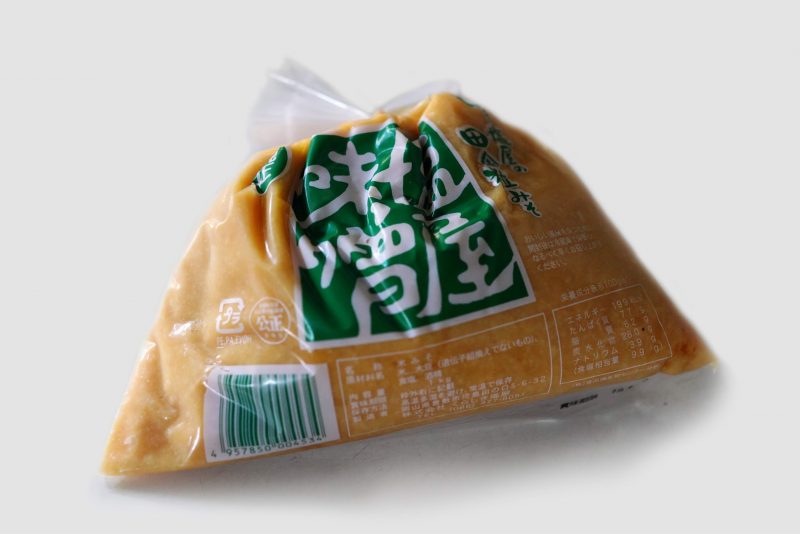

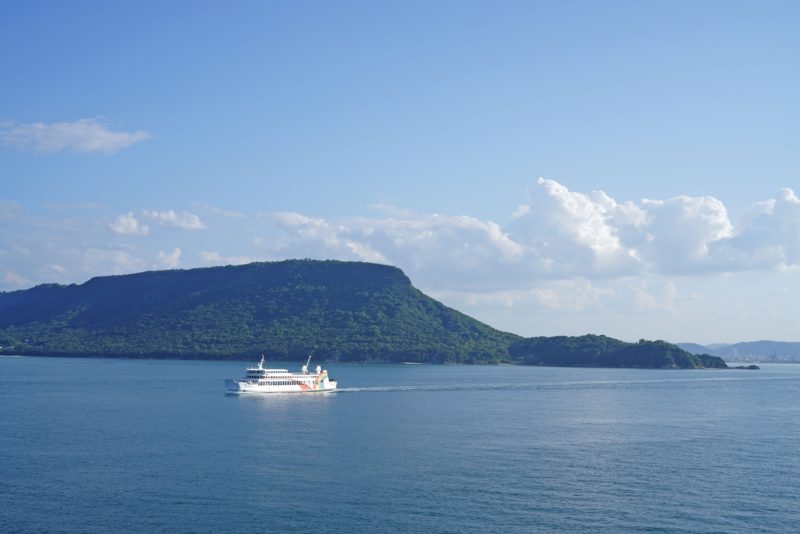

![【小豆島】みのりジェラート – [Shodoshima island] MINORI GELATO](https://yousakana.jp/wp-content/uploads/2021/06/MINORI-GELATO_Shodoshima-island-800x533.jpg)
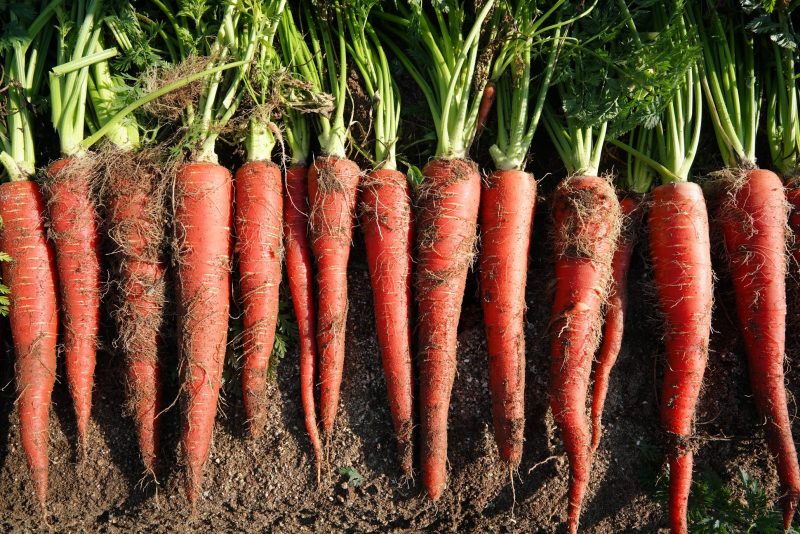

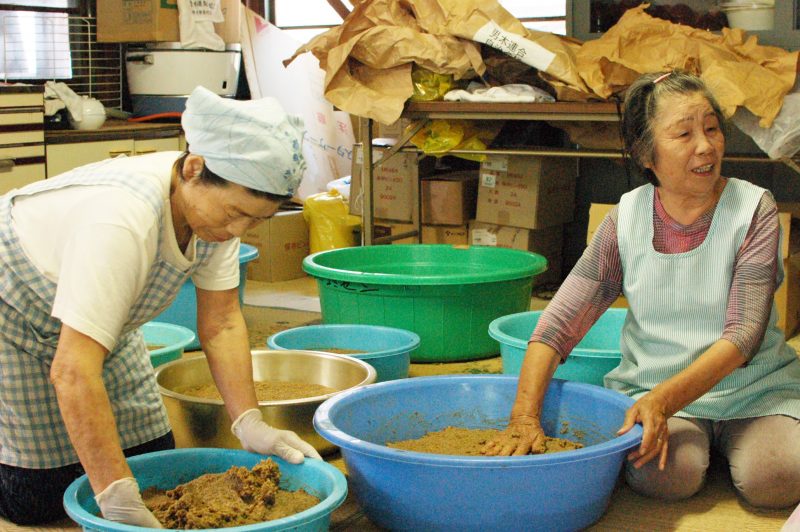
![【本島】海を休ませるレストラン – [Honjima island] Resting Sea Restaurant](https://yousakana.jp/wp-content/uploads/2024/02/honjima_fish-Restaurant-800x533.jpeg)

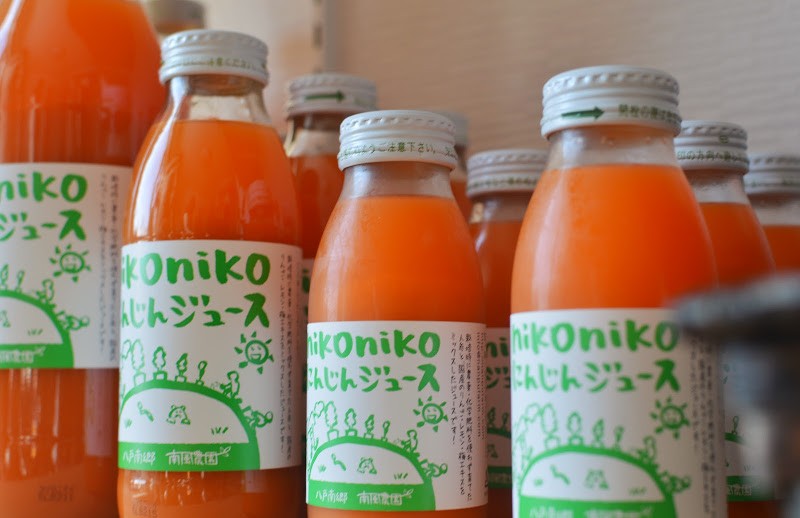


コメントを残す